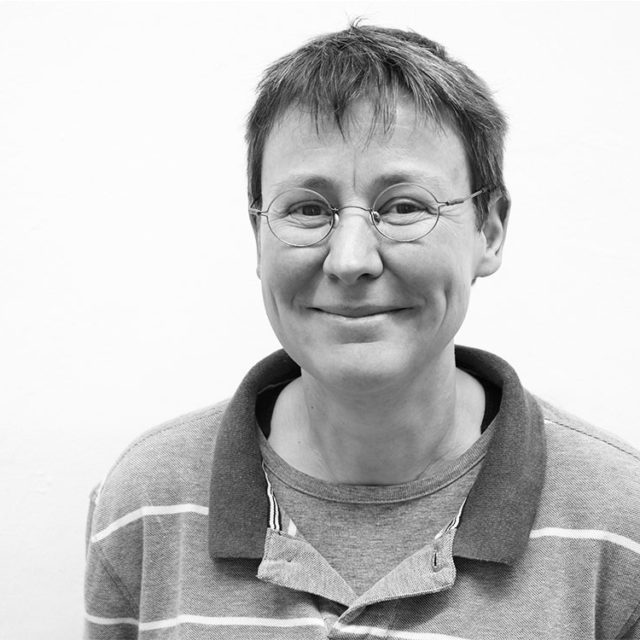Birgit Hellwig
Language Documentation, Acquisition and Socialization: Widening the Evidential Base
Speaker
-
Birgit Hellwig

Birgit Hellwig
Birgit Hellwig studied African Linguistics at the Universities of Bayreuth and Hamburg (Germany) and she received her PhD in Linguistics from the University of Nijmegen (Netherlands). She is now at the University of Cologne (Germany), where she combines language documentation, acquisition and socialization. In 2014, she and her team started documenting the language used with and by Qaqet children in Papua New Guinea (https://qaqet.phil-fak.uni-
koeln.de/). Her interest in child language emerged out of a more general interest in documenting and analyzing languages from typological perspectives, and she continues to research diverse adult languages, including the Qaqet language.
Abstract →
Birgit Hellwig
Language Documentation, Acquisition and Socialization: Widening the Evidential Base
Despite a long and important history of cross-linguistic research on language acquisition (e.g., MacWhinney & Bates 1989; Slobin 1985-1997), it is estimated that acquisition data is available for only around 1-2% of the world’s 7.000+ languages (e.g., Kidd 2020; Lieven & Stoll 2010). In particular, our empirical database is heavily skewed towards the acquisition of the larger Indo-European languages, and we continue to know very little about the acquisition of typologically-diverse languages and about the many different socio-cultural contexts in which learning takes place. There is an urgent need to address this bias and to build our theories of language development on a more representative sample of the world’s languages. This is a not a trivial task, though, as it entails numerous methodological and ethical challenges (e.g., Kelly et al. 2015). Over the past decade, a number of important proposals have been put forward on widening the evidential base, e.g., Sabine Stoll’s ACQDIV project (Jansco et al. 2020) or Clifton Pye’s (2021) urgent call. This talk is set in the context of these current debates, and explores the possibilities of extending the language documentation approach to include the documentation of child language and child-directed language. It reports on a proposal (Defina et al., in prep.) that combines the construction of manageable corpora of natural interaction with children with a sketch description of the corpus data, exemplifying the possibilities and challenges by means of case studies of minority languages.
